6 Must-Follow Tips Longtime Gardeners Swear By for the Best Tomatoes
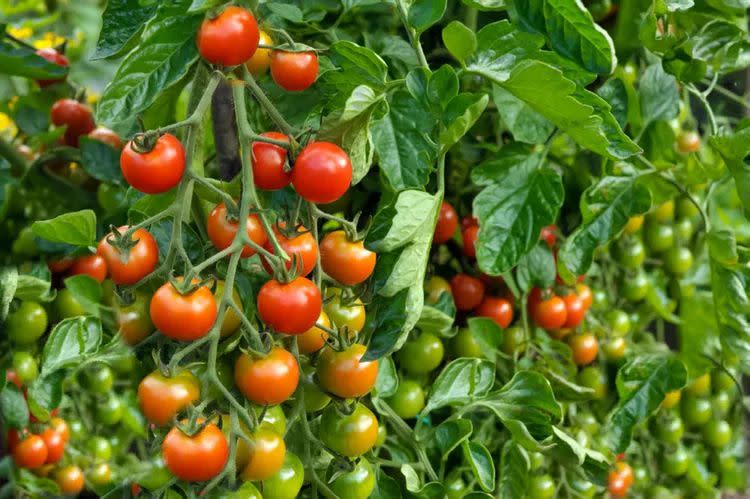
The Spruce / K. Dave
The amount of gardening info at our fingertips these days is as exciting as it is overwhelming, and this is especially true if you’re still in the early years of planting veggies.
Tomatoes, in particular, seem to inspire a long list of questions. To prune or not to prune? How much space? Does the soil really matter?
We turned to two of our favorite gardening experts who happen to know a ton about tomatoes. Here’s what they said they wish they knew back when they first started.
Meet the Experts
Nikhil Arora is the co-founder/co-CEO of the organic gardening company, Back to the Roots.
Cullen Boudreaux is the director of brand and strategy at American Meadows.
Proper Support is Key
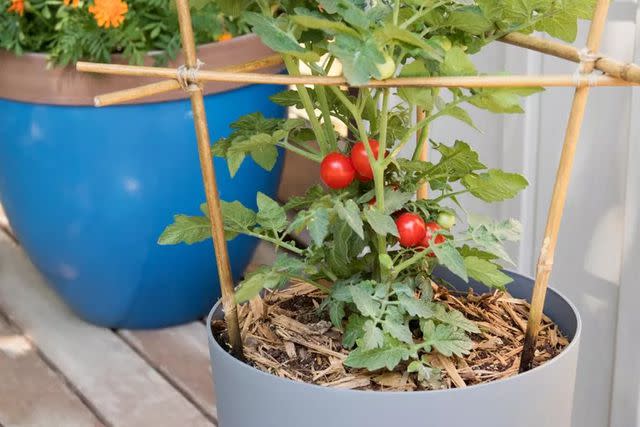
The Spruce / Colleen & Shannon Graham
According to Nikhil Arora of Back to the Roots, he wishes he knew more about how to keep his plants happy.
“Something I wish I knew before I started growing tomatoes is the importance of proper support and pruning techniques,” he says.
From cages to stakes, different varieties have different support needs, and this is something your local garden center should be able to help you with. The same goes for proper pruning shears and techniques based on your plant.
Want more gardening tips? Sign up for our free gardening newsletter for our best-growing tips, troubleshooting hacks, and more!
Tomatoes Are Sensitive to Temperature
If Cullen Boudreaux of American Meadows could go back in time, she’d tell herself that tomatoes need to be protected from swings in temperatures.
“These can prevent them from setting fruit,” she says. “Protect them from cold drafts if they are inside, harden your seedlings off before planting outside, and make sure not to plant them out until nighttime temperatures are at least 55 degrees.”
"I wish I knew how much more delicious a freshly picked tomato is than one from the grocery store—that makes it all worth it."
Plant Your Tomatoes Deep in the Ground
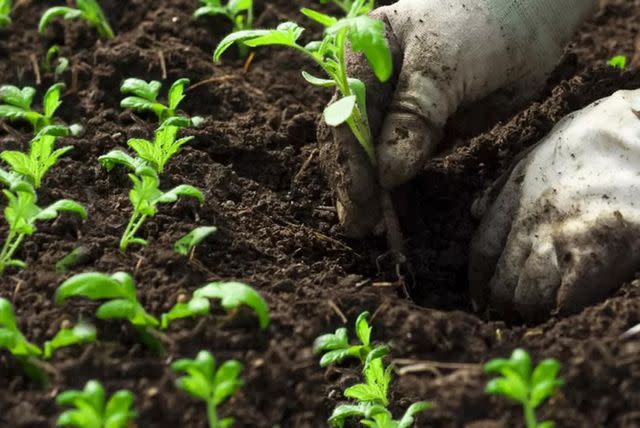
The Spruce / K. Dave
One thing Donna Letier of Gardenuity wishes she knew from the start was how important it is to plant your tomato plants deep in the soil, and also keep any low branches away from the soil.
“The deeper you plant your tomato, the stronger the root system will be," Letier says. "The stronger the root system the better the harvest.”
Some Tomato Plants Never Bear Fruit
No, you didn’t just get a bad plant. Sometimes, tomatoes don’t bear fruit—and Arora let us know some of the most common causes. It could be due to insufficient sunlight, poor pollination, extreme temperatures, or nutrient deficiencies, he says.
With this in mind, know that your tomato plant’s location is particularly important.
Tomatoes Are Sun-Loving Plants
While there are a wide variety of tomato types, Arora says their general requirements are the same.
“The basic needs of all tomato plants are adequate sunlight (6-8 hours per day), well-draining soil, consistent watering, and balanced nutrition,” he says.
Tomatoes Can Be Grown Indoors
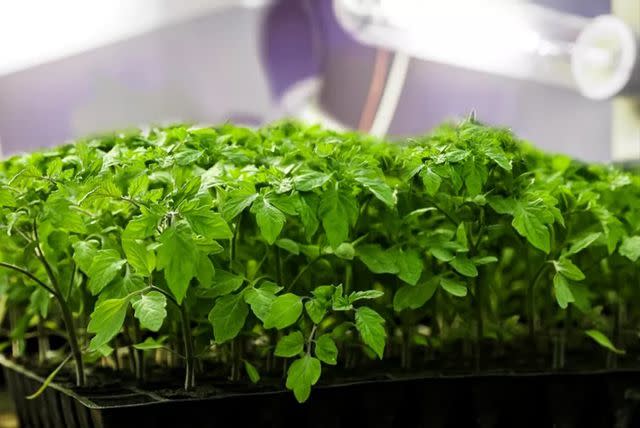
The Spruce / K. Dave
When you picture a vegetable garden, you probably think of a patch straight in the ground. But Arora says that’s not necessarily a must.
“Growing tomatoes indoors is entirely feasible,” he says, noting that windowsill planters placed in the right sunny spot are often a great option.
Boudreaux agrees, noting a grow light may also be beneficial indoors. Suspend a grow light about 4-6 inches above your young plants, moving it up as they grow. Indoor tomatoes will need 18-22 hours of supplemental light per day while growing. But once their fruits begin to ripen, they won’t need as much light.
Soil is Key
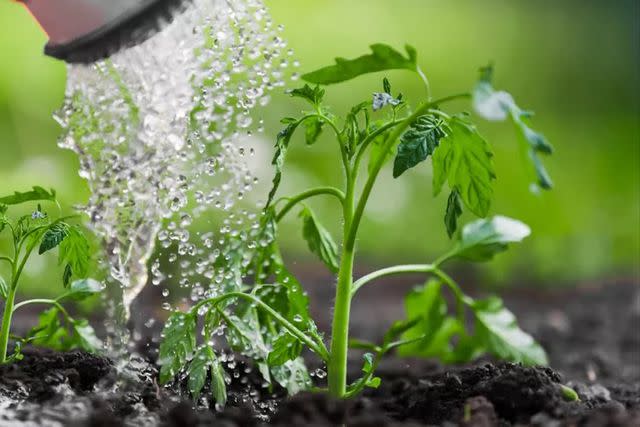
The Spruce / K. Dave
Letier says another thing she wishes she had known sooner was how much soil matters.
“Tomatoes are heavy feeders so it’s important to keep the soil thriving with a feeding weekly and watering the soil of the plant and not the foliage,” she says.
It’s important to keep your plant hydrated consistently but never overwatered. If you fear your soil is bad, don’t despair. Boudreaux gave us a tip—if you have poor soil, adding compost when planting will help.
It’s Worth Any Struggles
If you don’t have a great growing season the first time around or you hit a rough patch, don’t despair! Boudreaux says one thing she wishes she knew from the start was just how worth it growing your own tomatoes can be.
“I wish I knew how much more delicious a freshly picked tomato is than one from the grocery store—that makes it all worth it!” she says.
Read Next: How to Grow Tomato Plants: Growing Guide for All Types
Read the original article on The Spruce.

